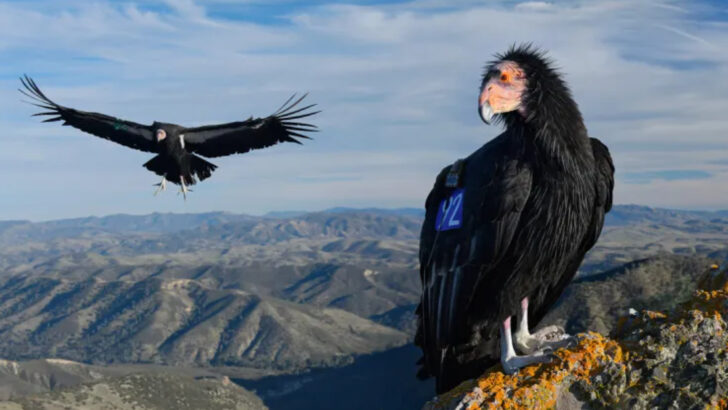The world is home to some truly extraordinary birds, many of which are so rare that they seem almost mythical. These feathered creatures live in remote, often inaccessible places, hidden away from most human eyes. From the dense forests of Southeast Asia to the rugged cliffs of remote islands, the habitats of these rare birds are as fascinating as the creatures themselves.
In this article, we’ll take a closer look at 26 of the world’s rarest bird species and the unique, sometimes inhospitable, places they call home. From their striking appearance to the environmental challenges they face, these birds are a reminder of the incredible diversity of life that exists in some of the most untouched corners of the Earth.
Kakapo
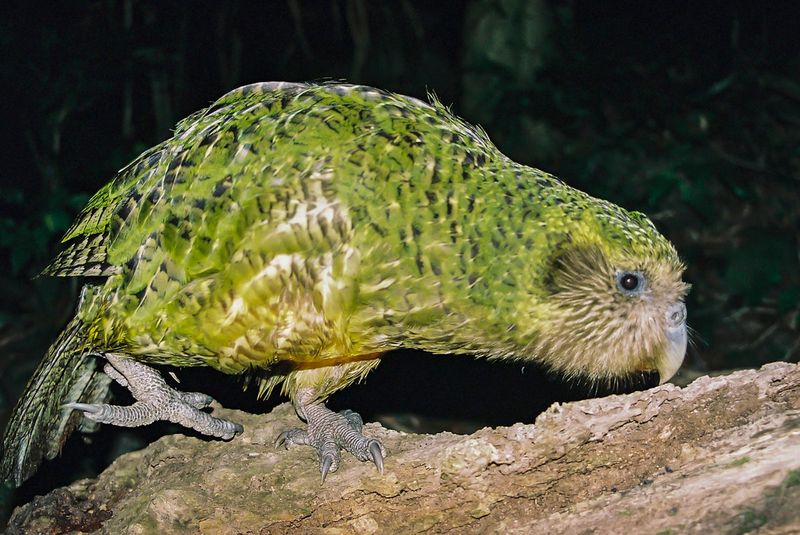
The Kakapo, a nocturnal parrot native to New Zealand, faces the brink of extinction. With its green, mossy plumage, it blends seamlessly into the forest floor. Unusually, this bird is flightless, relying on climbing and walking. These parrots are known for their distinctive “booming” calls during the breeding season. The Kakapo’s habitat is carefully protected, with conservationists working tirelessly to increase their numbers. You might find them in predator-free sanctuaries like Codfish Island. Despite their challenges, these birds are a symbol of resilience and hope for conservation efforts worldwide.
Philippine Eagle
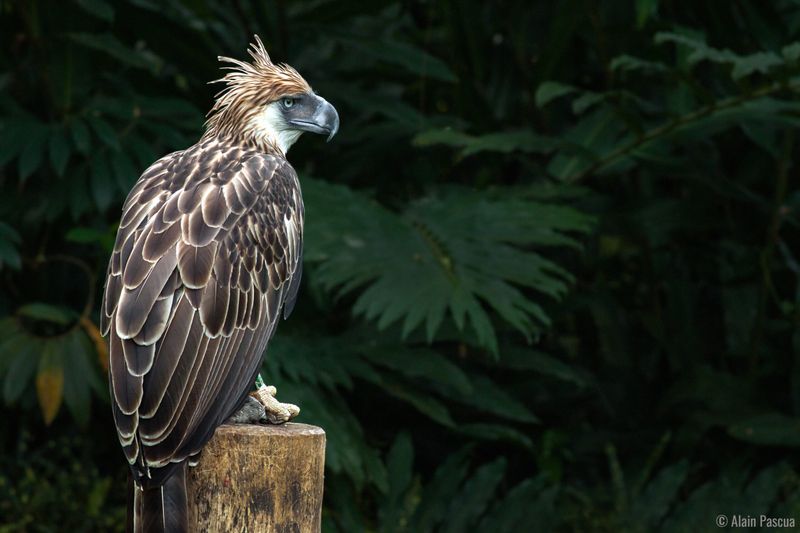
The Philippine Eagle, sometimes called the “Monkey-eating Eagle,” is one of the world’s largest and most powerful eagles. Found only in the Philippines, this bird of prey inhabits the lush, mountainous rainforests. Its striking appearance, with a crest of long feathers and piercing eyes, commands attention. Conservation efforts focus on protecting its dwindling habitat from deforestation. Observing this majestic bird in its natural setting is a rare privilege. Efforts to save the Philippine Eagle symbolize the broader challenges of wildlife conservation in rapidly developing regions.
California Condor
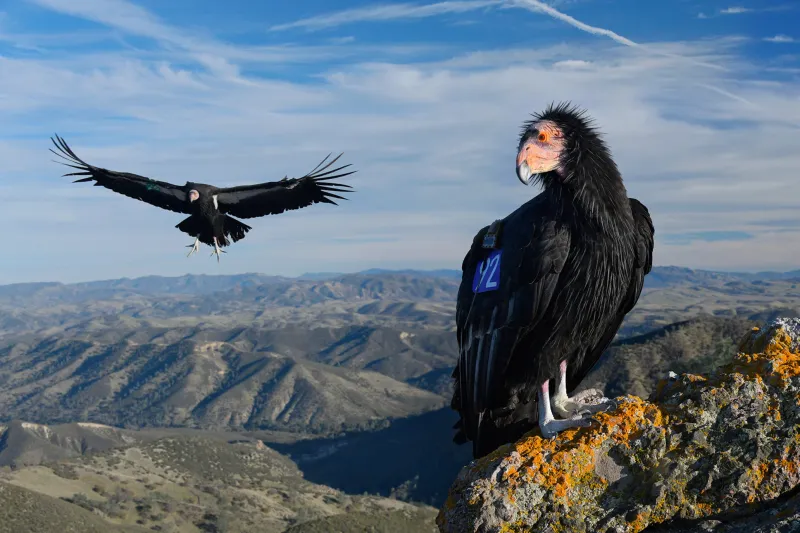
The California Condor, North America’s largest flying bird, once hovered on the edge of extinction. With a wingspan that stretches nearly ten feet, these scavengers are a sight to behold. They primarily inhabit rocky shrubland and pine forests in the southwestern United States. The condor’s plight led to rescue operations, including breeding programs and habitat protection. These efforts have seen a gradual increase in their numbers. Spotting a California Condor in the wild is a testament to successful conservation action, reminding us of nature’s resilience when given a chance.
Spoon-billed Sandpiper
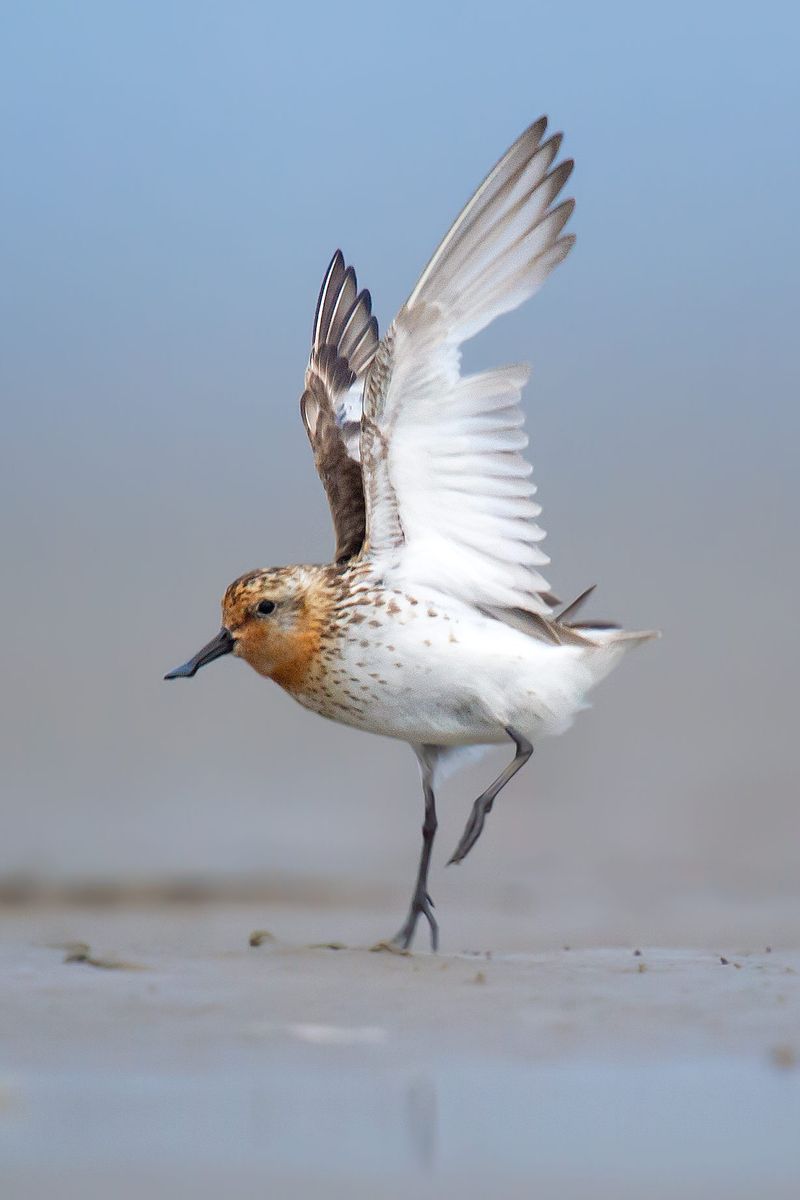
The Spoon-billed Sandpiper is a small wader known for its unique spatula-shaped bill. Breeding in Northeast Russia, this bird migrates to Southeast Asia’s coastal mudflats for winter. Unfortunately, it faces severe threats from habitat loss and climate change. Conservationists are racing against time to protect crucial breeding and feeding sites. Captive breeding and international cooperation offer a glimmer of hope. Observing this tiny bird requires patience and travel to remote, often challenging environments. Its plight highlights the interconnectedness of global ecosystems and the urgency of international conservation efforts.
Spix’s Macaw
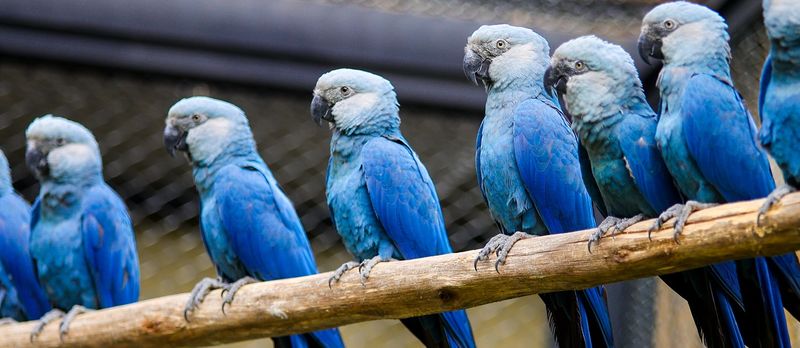
Spix’s Macaw, also known as the Little Blue Macaw, gained fame from the animated movie ‘Rio.’ This vibrant blue parrot was declared extinct in the wild but survives through captive breeding programs. Native to Brazil’s dry forests, it faces threats from habitat destruction. Conservation projects have initiated reintroduction efforts into the wild. The macaw’s story is one of hope and determination, highlighting the importance of safeguarding natural habitats. Seeing a Spix’s Macaw is witnessing a living symbol of successful conservation and the constant battle against extinction.
Imperial Amazon
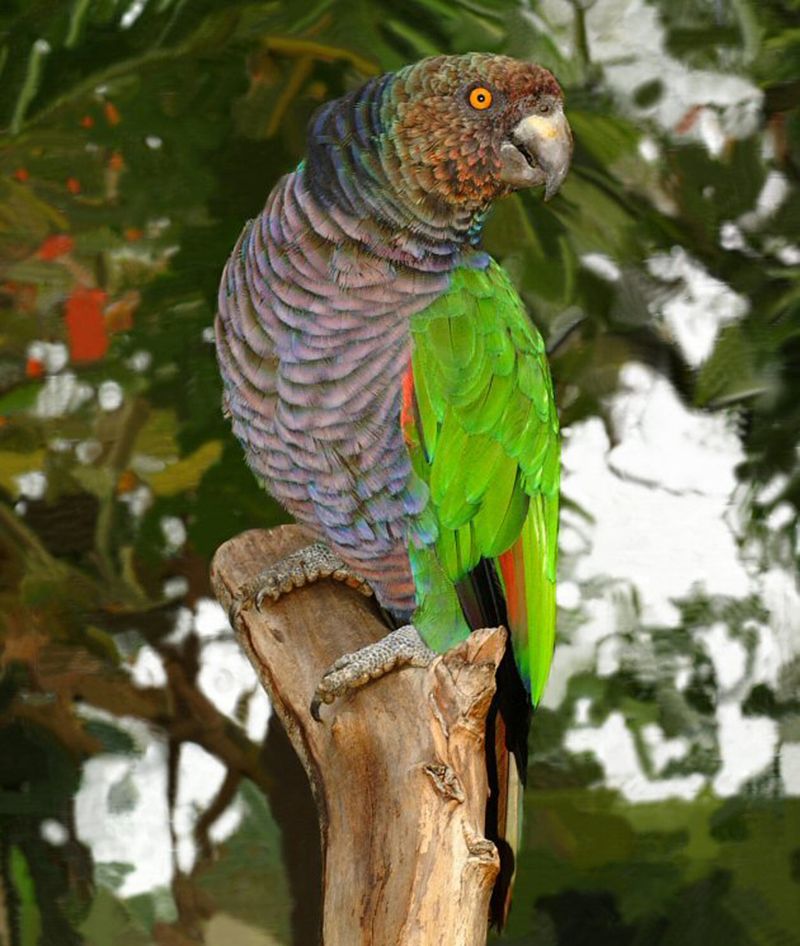
The Imperial Amazon, or Sisserou, is an endemic parrot of Dominica’s mountainous rainforests. Its vivid plumage features greens, purples, and blues, making it one of the most striking birds in the Caribbean. This parrot’s habitat is threatened by hurricanes and deforestation. Conservation efforts focus on habitat preservation and restoring populations. The Sisserou is more than a national symbol; it represents the island’s rich biodiversity. Those fortunate enough to spot this bird in the wild will find it amidst the island’s stunning, untouched landscapes. Its presence is a testament to successful environmental stewardship.
Madagascar Pochard
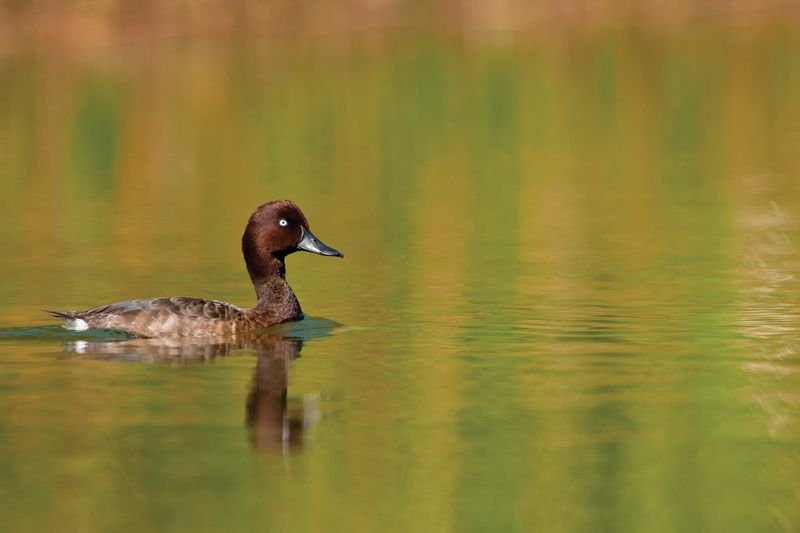
The Madagascar Pochard, once thought extinct, was rediscovered in 2006 in a remote lake in Madagascar. This diving duck is critically endangered and survives in a single location. Intensive conservation efforts include captive breeding and habitat management. The bird’s rarity makes it a symbol of what can be lost. Efforts to save the Pochard focus on understanding its ecology and mitigating threats. Observing this elusive duck requires venturing into Madagascar’s isolated landscapes. Its story emphasizes the importance of habitat protection and sustainable environmental practices.
Stresemann’s Bristlefront
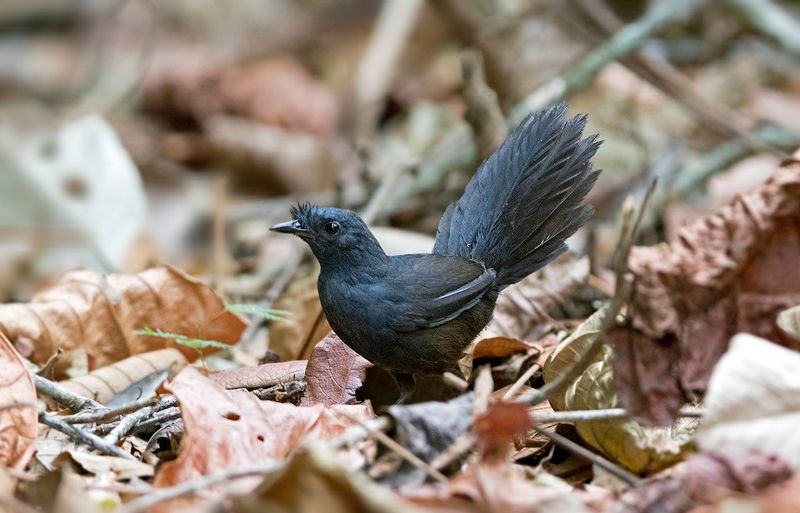
Stresemann’s Bristlefront is a critically endangered bird found only in Brazil’s Atlantic Forest. Its distinctive forehead bristles and haunting call mark its presence. The survival of this species is precarious, with less than a handful observed in the wild. Deforestation and habitat fragmentation pose significant threats. Conservationists are working to secure its habitat and promote sustainable land use. Seeing a Bristlefront is a rare and special event, often requiring guided tours with local experts. This bird’s situation highlights the urgent need for protective measures to prevent the loss of irreplaceable wildlife.
Javan Hawk-Eagle
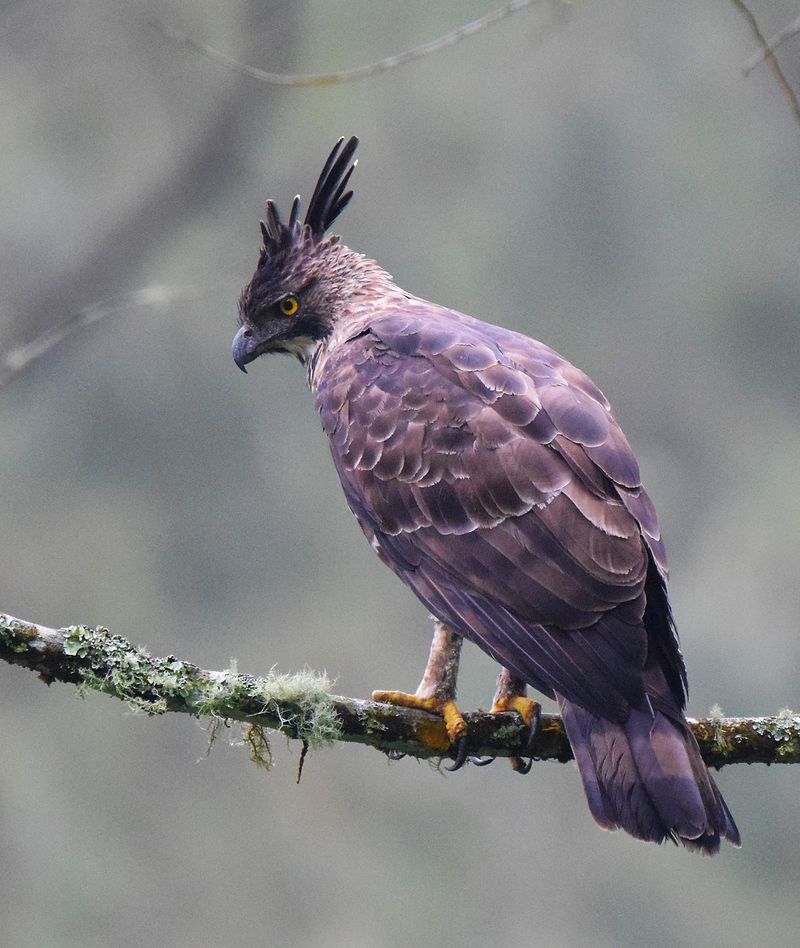
The Javan Hawk-Eagle, Indonesia’s national bird, graces the tropical rainforests of Java. Known for its striking crest and powerful build, this raptor is a symbol of strength and grace. Threatened by habitat loss and illegal trade, its numbers have dwindled. Conservation initiatives focus on habitat preservation and public awareness. Observing a Javan Hawk-Eagle in its natural environment offers a glimpse into the delicate balance of the ecosystem. This bird’s protection is crucial, reflecting broader efforts to conserve Indonesia’s rich biodiversity. Its presence is both an inspiration and a call to action.
Forest Owlet
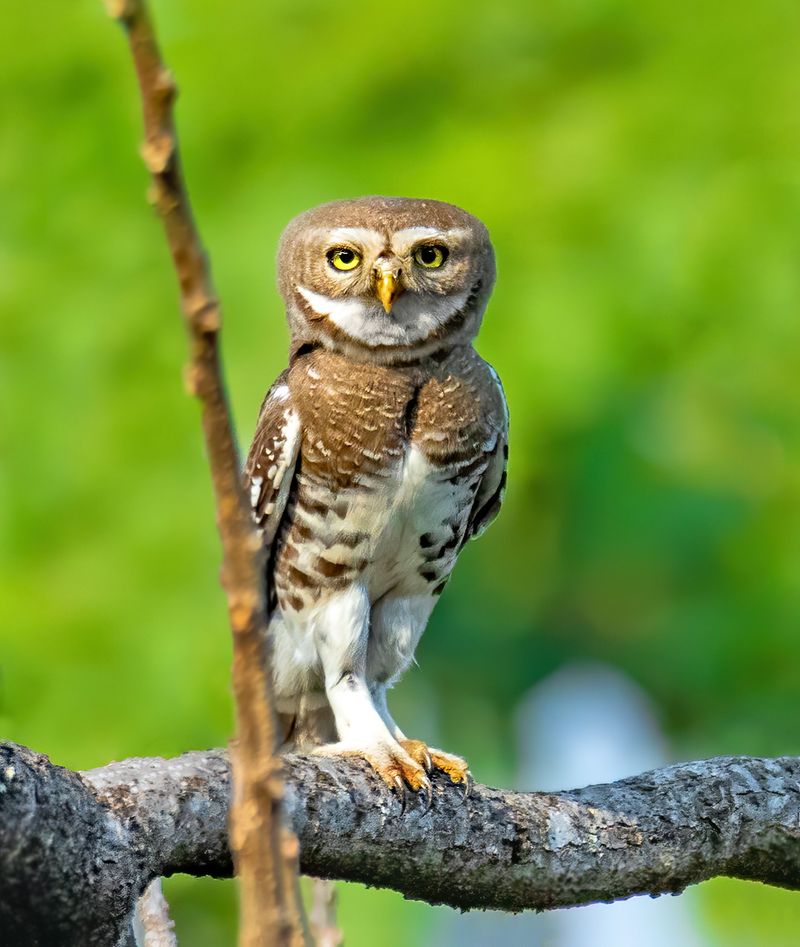
The Forest Owlet, once presumed extinct, was rediscovered in 1997 in central India. Small and elusive, this owl inhabits deciduous forests, often nesting in tree hollows. Its survival is threatened by deforestation and habitat degradation. Conservation efforts include habitat restoration and monitoring populations. Spotting a Forest Owlet requires patience and often guided expeditions. This bird’s rediscovery highlights the richness of India’s wildlife and the need for continued conservation vigilance. Protecting the Forest Owlet ensures the preservation of its unique habitat, supporting diverse species that share its environment.
Mauritius Kestrel
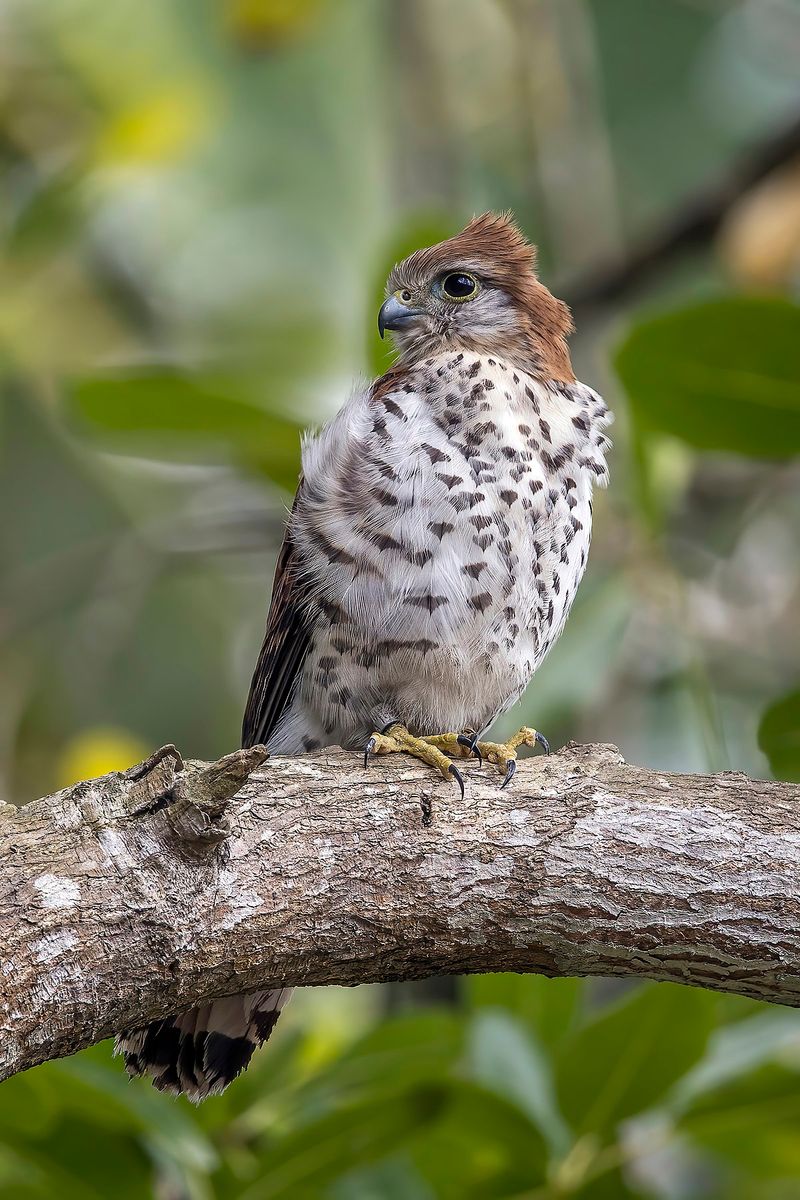
The Mauritius Kestrel, once the rarest bird of prey, has rebounded thanks to dedicated conservation efforts. Native to Mauritius, this small falcon hunts in the island’s forests. It faced near extinction due to habitat loss and invasive species. Intensive breeding programs and habitat management have helped increase its population. This bird’s recovery is a testament to human intervention’s positive impact. Observing the kestrel in its natural habitat is a rewarding experience. It symbolizes hope and the potential for wildlife recovery when collaborative conservation efforts are prioritized.
Nordmann’s Greenshank
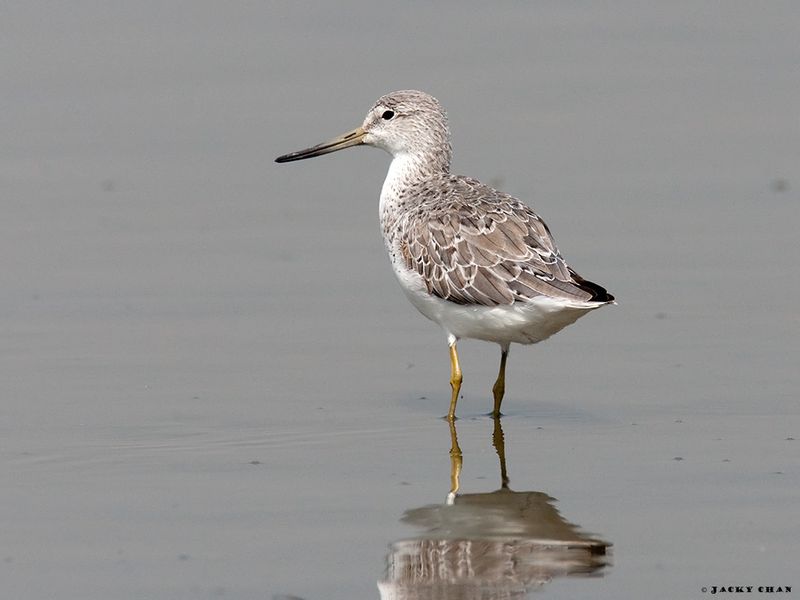
Nordmann’s Greenshank is a rare migratory wader found along the East Asian-Australasian Flyway. This bird breeds in northeastern Russia and winters in Southeast Asia. Threatened by habitat loss, especially in coastal areas, its numbers are declining. Conservation efforts focus on protecting crucial stopover sites and international cooperation. Observing this elegant bird requires visiting remote coastal regions, often during migration. Its decline underscores the importance of protecting migratory pathways and habitats. The Greenshank’s survival reflects broader environmental challenges and the need for global conservation strategies to protect migratory species.
Palila
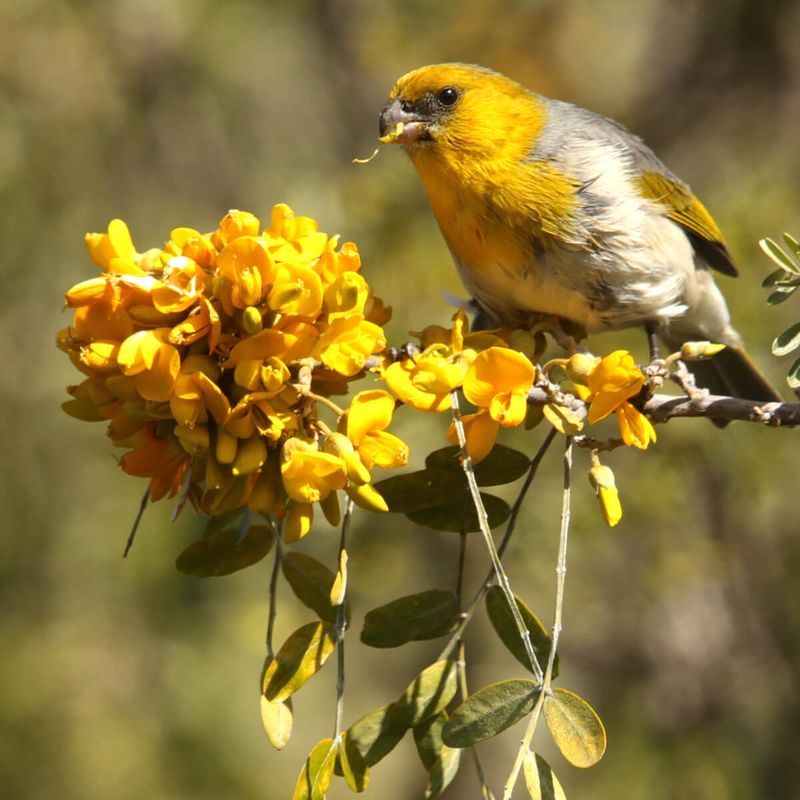
The Palila is a Hawaiian honeycreeper found only on the slopes of Mauna Kea. Its vibrant yellow head and melodious song make it a unique sight. Threatened by habitat loss and introduced species, its population is declining. Conservation efforts include habitat restoration and predator control. Observing a Palila involves venturing into Hawaii’s high-altitude landscapes. This bird is a symbol of Hawaii’s unique biodiversity and the challenges of island conservation. Protecting the Palila ensures the survival of its specialized habitat, preserving the intricate balance of this ecosystem.
Pink-headed Duck
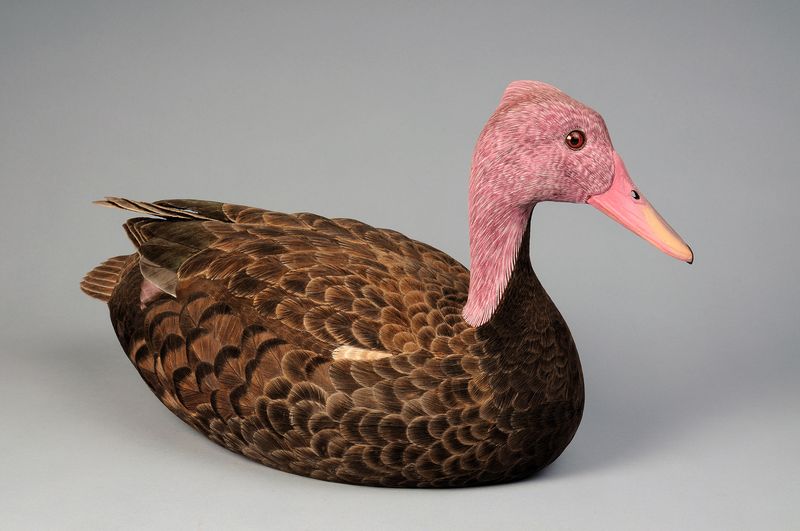
The Pink-headed Duck, known for its blush-colored head, is one of the most elusive waterfowl. Once found in the wetlands of India and Myanmar, it is feared extinct. Sightings are rare, leading to ongoing searches in remote areas. If still existing, its survival is threatened by habitat loss and hunting. Conservationists hope to protect potential habitats and raise awareness. Spotting this duck would be a significant discovery, highlighting the need for wetland conservation. The Pink-headed Duck represents the mysteries of the natural world and the continuous quest for understanding.
Rimatara Lorikeet
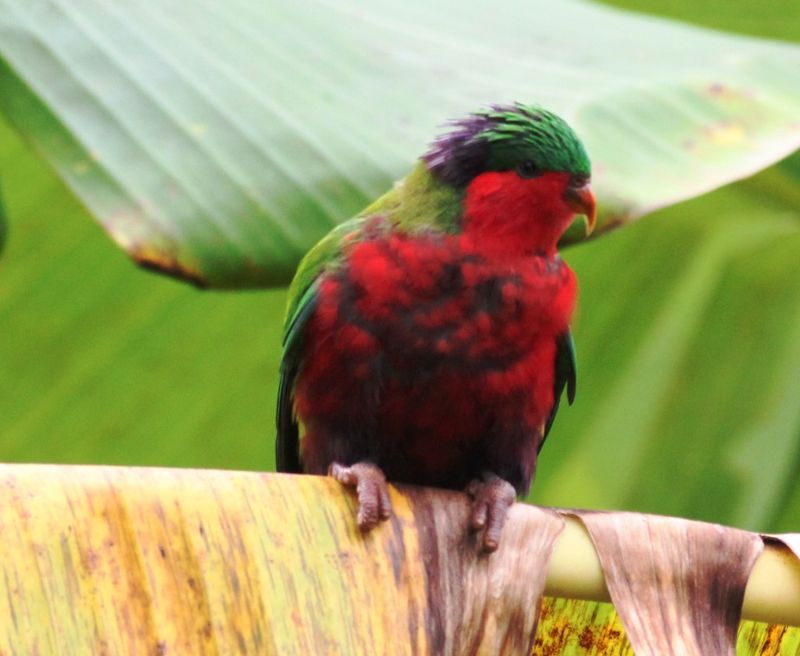
The Rimatara Lorikeet, or Kura, is a vivid parrot endemic to Rimatara Island. Known for its striking red and green plumage, it thrives in coconut groves and forests. This bird was once found across the Cook Islands but is now limited to Rimatara and reintroduced to other islands. Conservation efforts focus on habitat protection and predator control. Observing a Rimatara Lorikeet is a colorful experience, reflecting the island’s natural beauty. Its survival highlights the importance of local conservation and the successful reintroduction of species to their native habitats.
Yellow-eyed Penguin
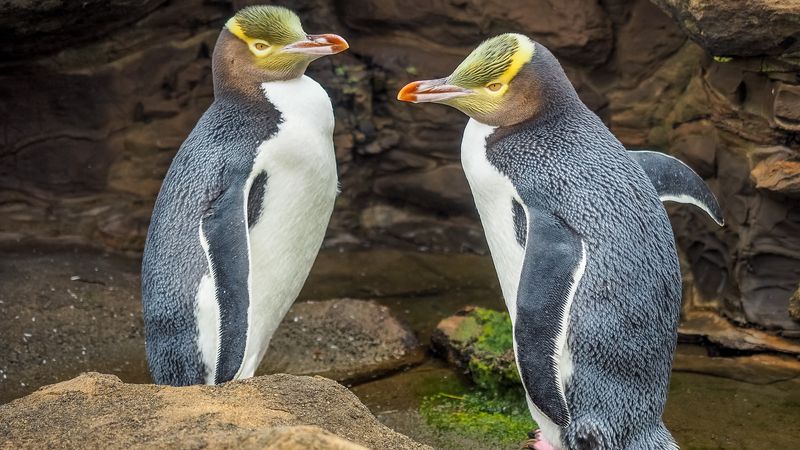
The Yellow-eyed Penguin, or Hoiho, is one of the world’s rarest penguins. Endemic to New Zealand, it inhabits the rugged coastlines of the South Island and surrounding islands. Recognized by its pale yellow eyes and unique call, this penguin faces threats from habitat degradation and introduced predators. Conservation efforts include habitat restoration and predator control. Observing a Hoiho involves coastal treks and patience. The Yellow-eyed Penguin symbolizes the delicate balance of New Zealand’s ecosystems. Protecting this penguin ensures the preservation of its coastal habitat, supporting diverse marine life.
Kirtland’s Warbler
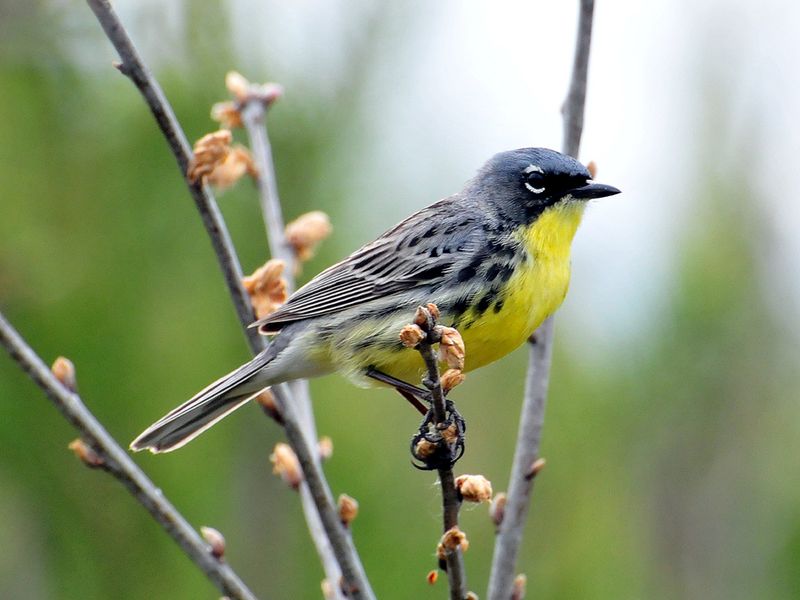
Kirtland’s Warbler, a small songbird, breeds exclusively in young jack pine forests of Michigan. Its striking yellow underparts and melodic song make it a favorite among birdwatchers. Threatened by habitat loss and parasitism, it requires specific forest conditions to thrive. Conservation efforts have focused on habitat management and breeding programs. Observing this warbler involves visits to protected areas with guided tours. The bird’s recovery is a conservation success story, highlighting the importance of habitat specificity. Protecting the Kirtland’s Warbler ensures the preservation of Michigan’s unique forest ecosystems.
Hyacinth Macaw
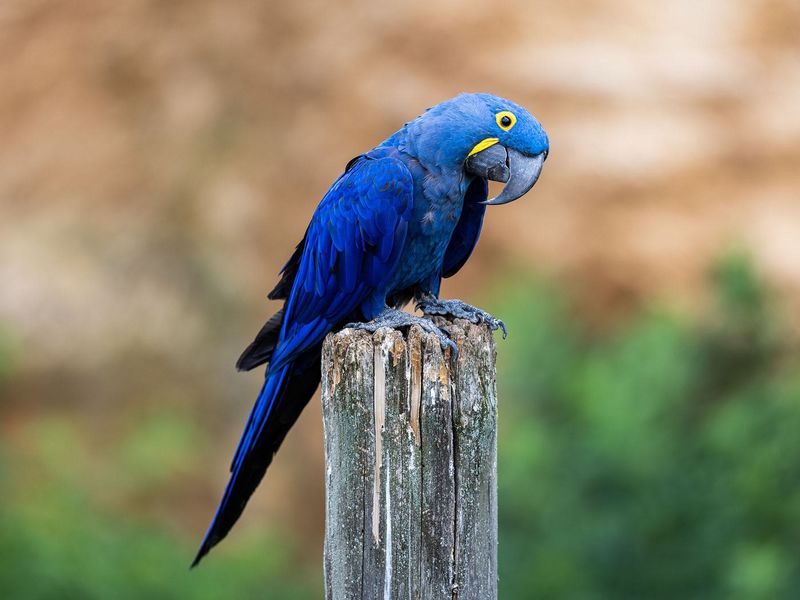
The Hyacinth Macaw, the world’s largest parrot, is known for its brilliant cobalt-blue plumage. Native to Brazil’s Pantanal and parts of the Amazon, it inhabits forests and savannas. Threatened by illegal trade and habitat loss, its population is declining. Conservation efforts focus on habitat protection and combating illegal poaching. Observing a Hyacinth Macaw in the wild is a breathtaking experience, offering a glimpse into the biodiversity of South America’s ecosystems. This macaw represents the challenges of wildlife conservation and the ongoing fight to protect endangered species.
Bali Myna
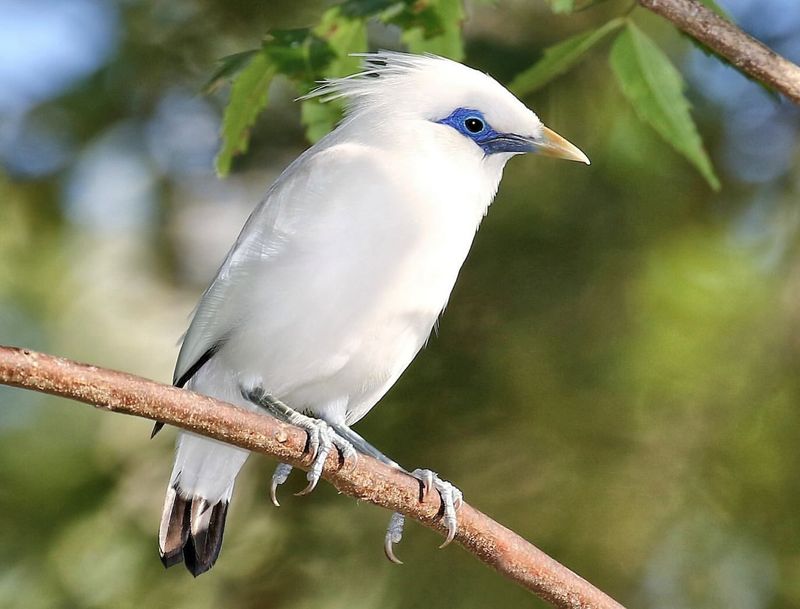
The Bali Myna, also known as Jalak Bali, is a strikingly beautiful bird endemic to Bali. Its white feathers and blue eye patches make it instantly recognizable. Once on the brink of extinction, efforts have focused on breeding programs and habitat protection. Observing this bird requires visits to protected areas and sanctuaries. The Bali Myna’s story is one of hope and determination in the face of adversity. Its survival symbolizes the success of targeted conservation efforts and the importance of preserving Bali’s natural heritage.
Gurney’s Pitta
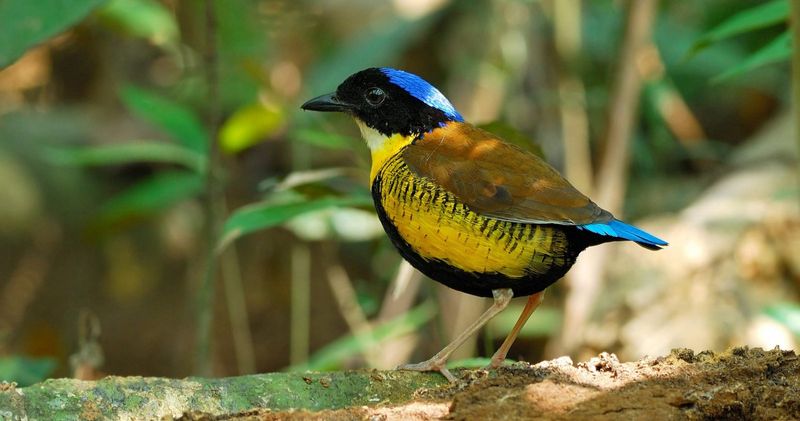
Gurney’s Pitta, known for its vibrant yellow underparts, is a critically endangered bird found in southern Thailand and Myanmar. Its survival is threatened by deforestation and habitat fragmentation. Conservation efforts focus on habitat protection and international cooperation. Observing this elusive bird requires guided expeditions to remote forest areas. Gurney’s Pitta represents the challenges of conserving tropical forest species. Its plight highlights the need for sustainable land management and the importance of international conservation partnerships. Protecting this bird ensures the preservation of its diminishing habitat.
New Caledonian Owlet-nightjar
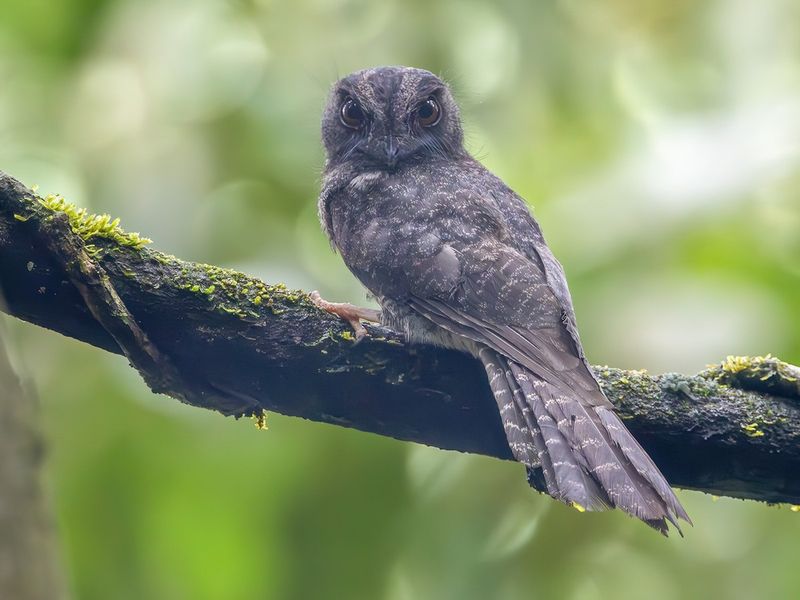
The New Caledonian Owlet-nightjar, a rare nocturnal bird, is one of the least observed avian species. Endemic to New Caledonia, its camouflaged plumage allows it to blend seamlessly into its forest habitat. Threatened by habitat destruction and introduced predators, its existence is precarious. Conservation efforts include habitat protection and research initiatives. Spotting this bird is a rare event, often requiring expert local guides. The Owlet-nightjar’s mystery underscores the importance of conserving New Caledonia’s unique biodiversity and the need for continued research on its ecology.
Giant Ibis
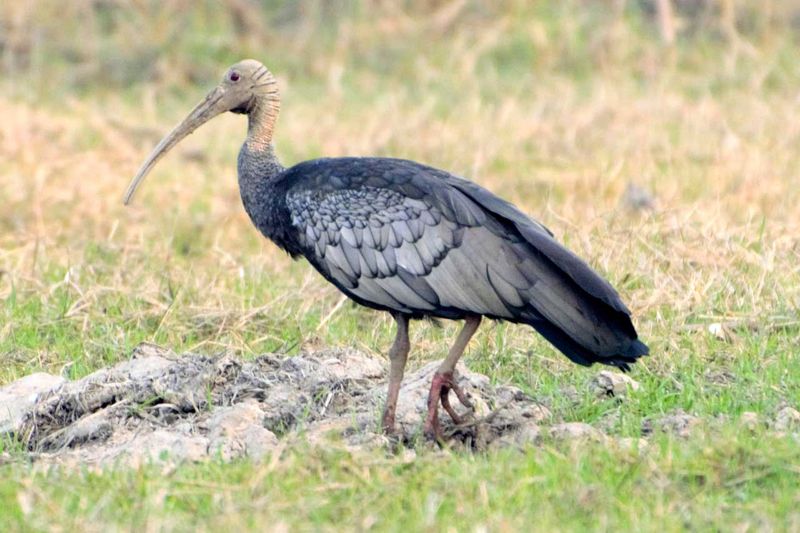
The Giant Ibis, Cambodia’s national bird, is the largest of the ibis family. Found in Cambodia’s remote wetlands and forests, this bird is critically endangered. Its survival is threatened by habitat loss and hunting. Conservation efforts focus on protecting habitats and engaging local communities. Observing a Giant Ibis is a rare and rewarding experience, often requiring travel to isolated regions. This bird symbolizes Cambodia’s natural heritage and the need to preserve its unique ecosystems. Protecting the Giant Ibis ensures the survival of a flagship species for conservation in Southeast Asia.
White-winged Guan
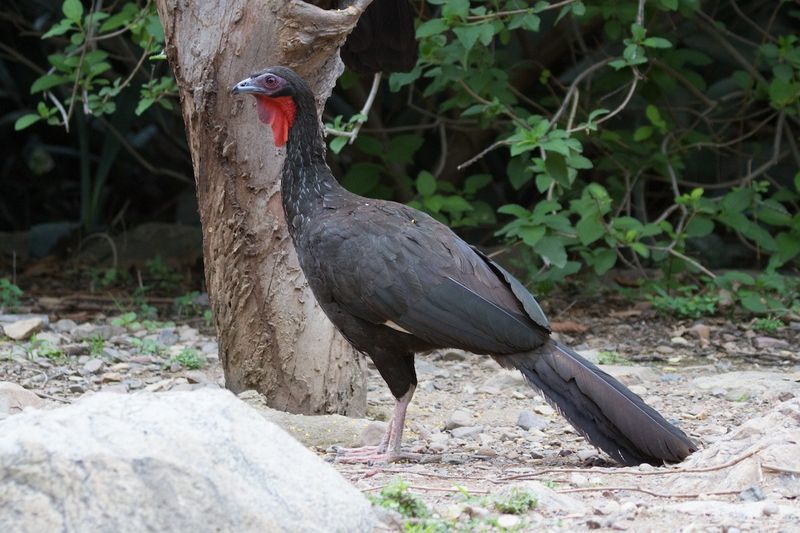
The White-winged Guan, once feared extinct, survives in the dry forests of northern Peru. This bird, with its black body and striking white wing patches, is critically endangered. Threatened by habitat destruction and hunting, it requires specific habitat conditions. Conservation efforts focus on habitat restoration and local community engagement. Observing a White-winged Guan involves travel to Peru’s protected areas. This bird’s survival highlights the importance of habitat specificity and community-driven conservation. Protecting the Guan ensures the preservation of Peru’s unique dry forest ecosystems.
Rufous-headed Hornbill
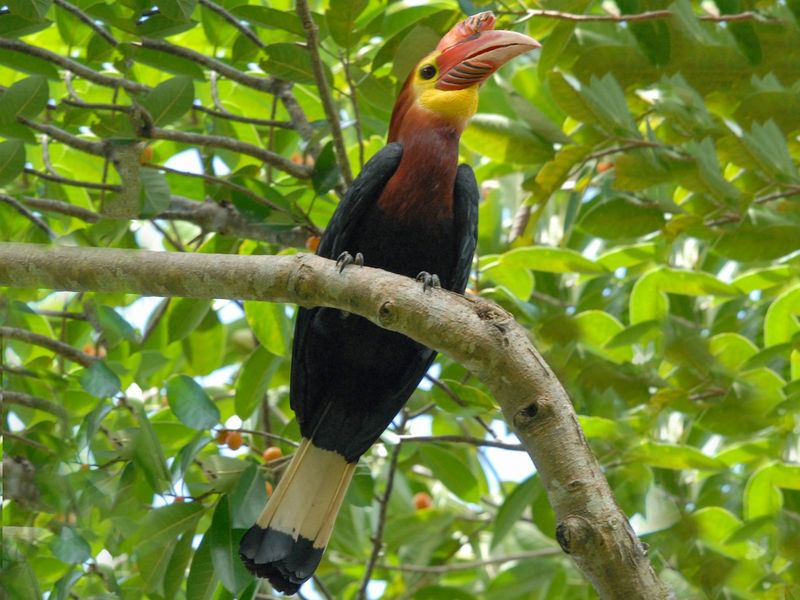
The Rufous-headed Hornbill, endemic to the Philippines, is known for its striking reddish-brown head and large bill. Inhabiting the dense forests of the Visayas and Mindanao, its population is declining due to deforestation and hunting. Conservation efforts focus on habitat preservation and raising public awareness. Observing this hornbill involves treks through lush forests. The Rufous-headed Hornbill symbolizes the richness of the Philippines’ biodiversity and the challenges of forest conservation. Protecting this bird ensures the survival of its habitat, supporting diverse flora and fauna unique to the region.
Marvellous Spatuletail
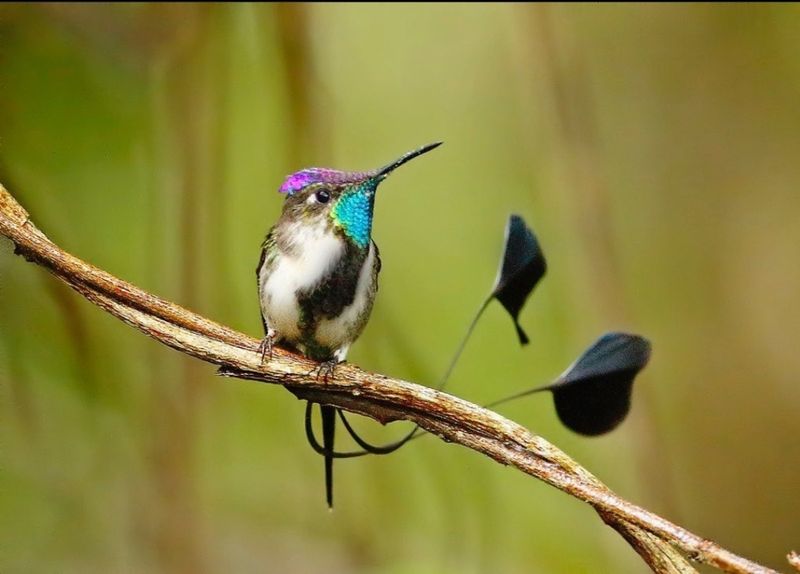
The Marvellous Spatuletail, a hummingbird found only in Peru, is renowned for its remarkable tail feathers. The male’s distinctive spatula-shaped feathers are used in elaborate courtship displays. This bird inhabits the forests of the Utcubamba Valley, facing threats from habitat loss. Conservation efforts focus on habitat protection and sustainable land use. Observing this hummingbird requires visits to remote forested areas. The Marvellous Spatuletail is a testament to Peru’s rich biodiversity and the importance of protecting its unique natural heritage. Its presence is a call to action for preserving high-altitude ecosystems.
Azure-hooded Puffbird
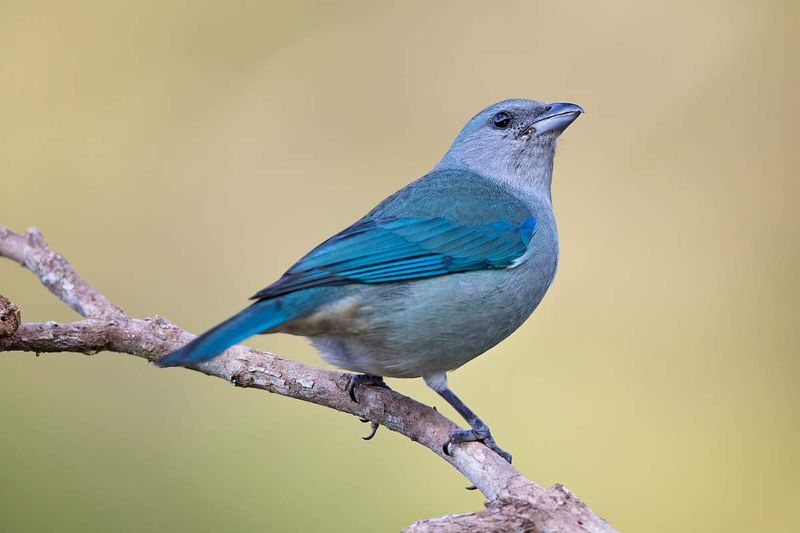
The Azure-hooded Puffbird is a seldom-seen marvel of the Amazon rainforest. Its vibrant azure plumage glints like a jewel among the dense foliage. With a distinctive white belly and sharp black wingtips, it stands out against the verdant backdrop.
This elusive bird prefers the deep heart of the jungle, where towering trees and tangled vines offer both challenges and protection. Observers often describe its call as a haunting melody that echoes through the canopy.
Spotting one requires patience and luck, but the reward is a glimpse into an untouched world of wonder.

